By: Dr. Elizabeth Eggert
Like it or not, cold and flu season is upon us. While we can’t always avoid getting sick, there are some things to keep in mind when a cold or the flu hits your family. Here are some important tips from your friends at Eggert Family Dentistry to help you protect your teeth and gums when you’re under the weather!
Tip #1 – Continue to maintain good oral hygiene
When you’re not feeling well, your energy level is typically lower which translates into lower motivation. Continue to brush and floss twice a day to combat bacteria and protect your teeth and gums.
Tip #2 – Choose sugar-free options
Sugar erodes enamel and contributes to tooth decay. When you’re sick, it’s easy to reach for sugary cough drops and sugary sports drinks. Instead, soothe your throat and replenish your electrolytes with sugar-free options and show your teeth some love.
Tip #3 – Stay hydrated
Staying hydrated is always important but when you’re sick, this is especially true. Not only does proper hydration aid your kidneys in balancing electrolytes and help reduce mucus and congestion, but it also helps you combat the effects of cold and flu meds. Antihistamines, pain meds and decongestants can cause dry mouth, an uncomfortable condition that makes you more prone to cavities. Sip on water and suck on sugar-free cough drops to keep saliva active, which helps rid your mouth of harmful bacteria.
Tip #4 – Gargle with salt water
Frequently gargling with salt water ticks multiple boxes: It helps keep your mouth hydrated, it kills bacteria that causes bad breath and plaque and it soothes a dry or scratchy throat. Win-win-win!
Tip #5 – Rinse and spit after vomiting
While it may seem logical to reach for your toothbrush after vomiting, it’s best to wait 30 minutes and rinse your mouth with water and spit in the interim. This helps cleanse your mouth from stomach acid and allows your saliva to reach a more neutral pH again. Brushing too soon can abrade the enamel softened by the acid.
Tip #6 – Toss your toothbrush
Did you know that the flu virus can live on moist surfaces, including toothbrushes, for up to 72 hours and strep bacteria can live for up to 48 hours? It’s best to err on the side of caution and use a cold or flu bug as an opportunity to swap your old toothbrush out for a new one!
At Eggert Family Dentistry, we want you to enjoy a healthy mouth year-round. If you haven’t already, give us a call to schedule your winter recare visit at 651.482.8412!

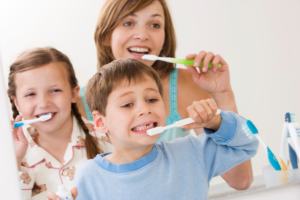

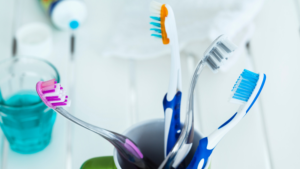



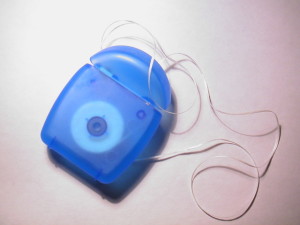 Flossing guilt. The phenomenon is real. We know flossing is important for maintaining dental health yet many of us don’t incorporate it into our daily routine. Worse yet? At regular dental checkups, according to the American Association of Periodontology, up to 25% of us stretch the truth about our flossing frequency. (As if it isn’t evident by our swollen gums from our hasty, pre-visit floss!) Let’s cut out the excuses and commit to investing daily in our dental health by taking a look at guidelines for an easy and effective floss and addressing some common questions.
Flossing guilt. The phenomenon is real. We know flossing is important for maintaining dental health yet many of us don’t incorporate it into our daily routine. Worse yet? At regular dental checkups, according to the American Association of Periodontology, up to 25% of us stretch the truth about our flossing frequency. (As if it isn’t evident by our swollen gums from our hasty, pre-visit floss!) Let’s cut out the excuses and commit to investing daily in our dental health by taking a look at guidelines for an easy and effective floss and addressing some common questions.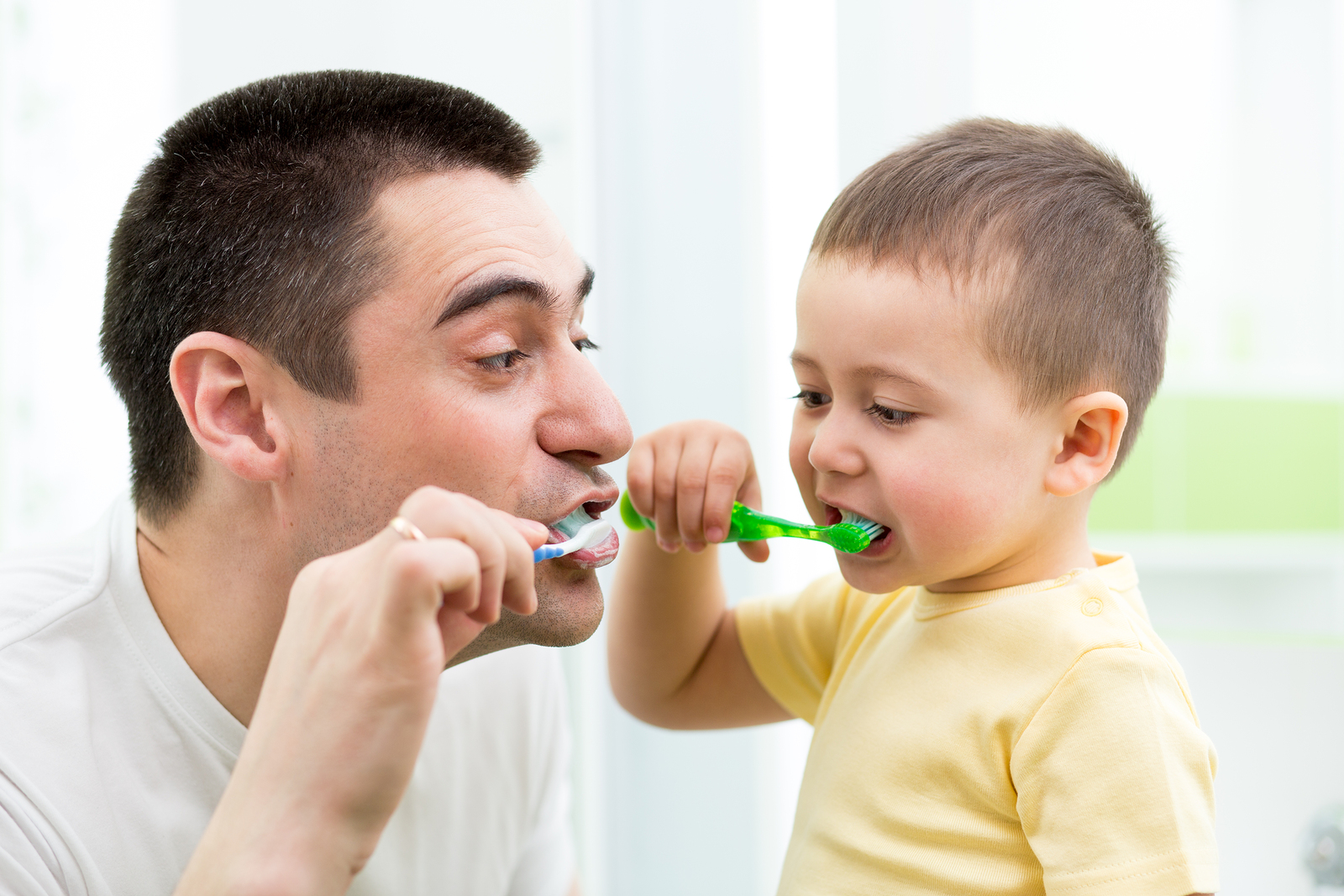 Gingivitis – inflammation of the gums – is no laughing matter. Typically caused by a bacterial infection, gingivitis is all-too-common and if left untreated can result in periodontitis and tooth loss and increase the risk of diabetes, heart disease, stroke and lung disease. Fortunately, proper care goes a long way in keeping away this unwanted guest. Here’s everything you need to know to identify, treat and ultimately prevent gingivitis.
Gingivitis – inflammation of the gums – is no laughing matter. Typically caused by a bacterial infection, gingivitis is all-too-common and if left untreated can result in periodontitis and tooth loss and increase the risk of diabetes, heart disease, stroke and lung disease. Fortunately, proper care goes a long way in keeping away this unwanted guest. Here’s everything you need to know to identify, treat and ultimately prevent gingivitis.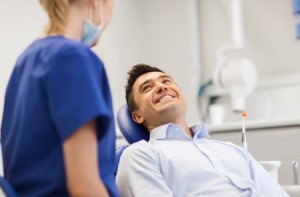 Dr. Jeff and Dr. Elizabeth Eggert or one of our wonderful hygienists will measure the depth of any pockets around your teeth with a small ruler. This is a good way to check for inflammation of the gums. A healthy depth is 1-3mm. We will also examine your dental x-rays to look for evidence of bone loss.
Dr. Jeff and Dr. Elizabeth Eggert or one of our wonderful hygienists will measure the depth of any pockets around your teeth with a small ruler. This is a good way to check for inflammation of the gums. A healthy depth is 1-3mm. We will also examine your dental x-rays to look for evidence of bone loss. How Oral Health and Heart Disease Are Connected
How Oral Health and Heart Disease Are Connected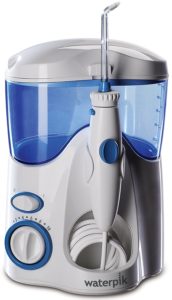 We have received a number of emails, calls and questions from patients about
We have received a number of emails, calls and questions from patients about 
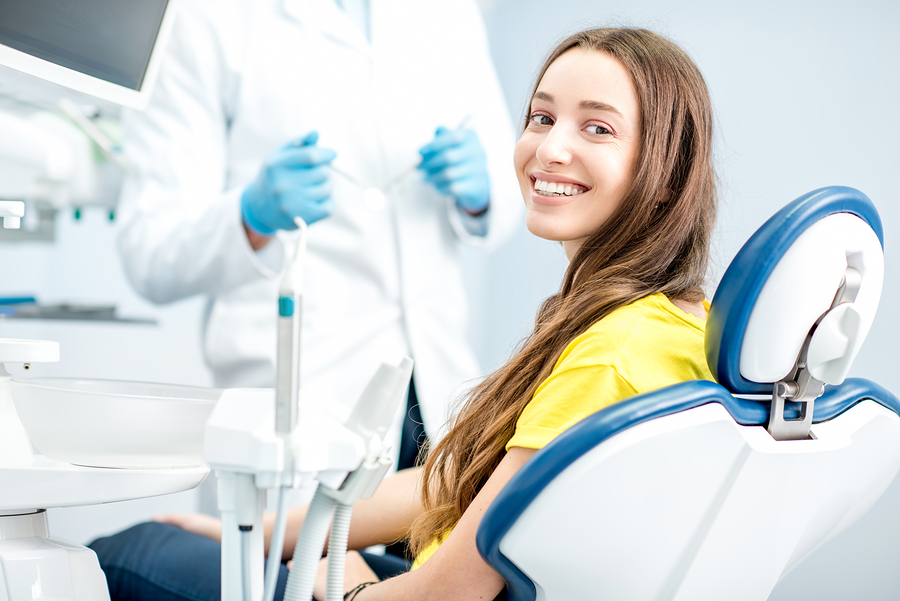
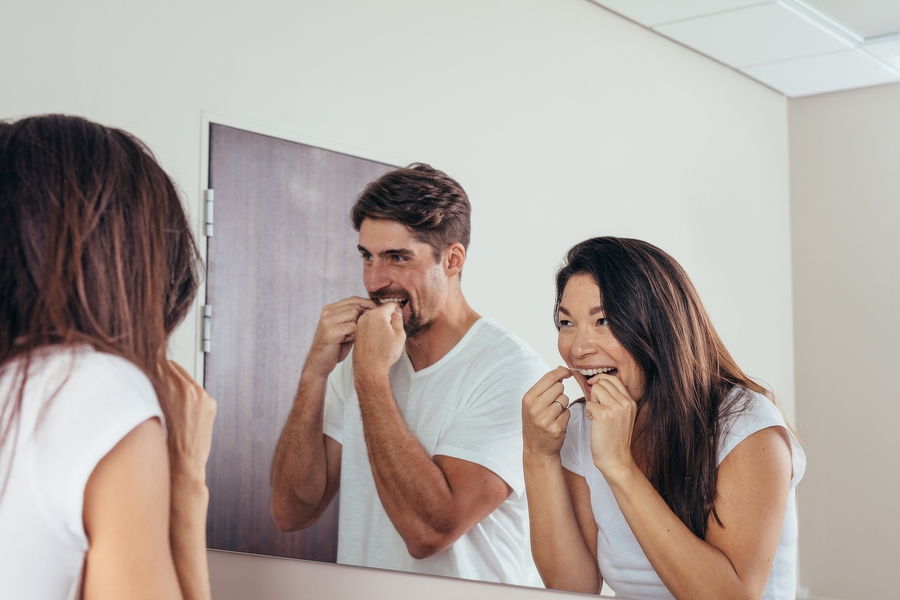
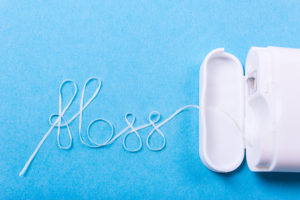 Regular flossing removes the plaque that builds up between your teeth and along the gum line. If you’re not flossing regularly, plaque will build up in these areas. It doesn’t take long before the plaque causes inflammation along your gum line.
Regular flossing removes the plaque that builds up between your teeth and along the gum line. If you’re not flossing regularly, plaque will build up in these areas. It doesn’t take long before the plaque causes inflammation along your gum line.
 2. You’re taking a medication that may cause tremors as a side effect.
2. You’re taking a medication that may cause tremors as a side effect.